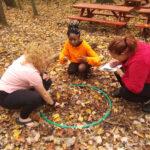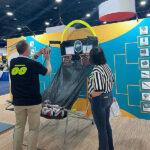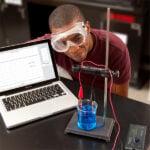
Sharing ideas and inspiration for engagement, inclusion, and excellence in STEM
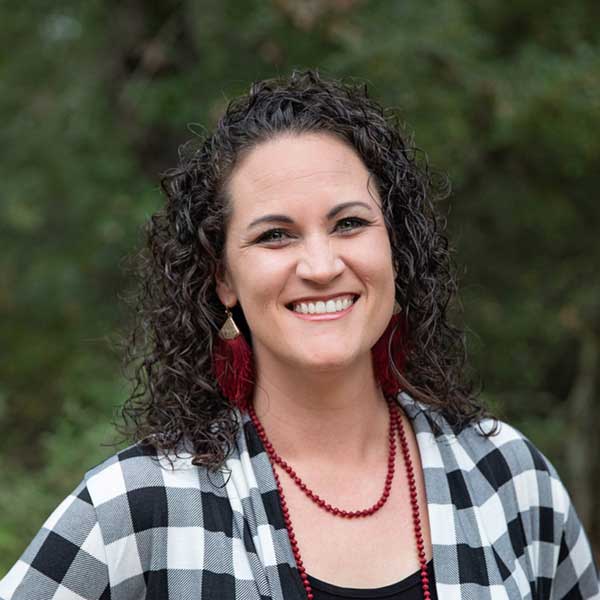
Michelle Jedlicka, a veteran teacher at A&M Consolidated High School in Texas, has a packed schedule this fall with four physics classes on her roster: AP Physics 1, AP Physics C, Independent Research, and Integrated Physics and Chemistry. Despite the varying levels of her students, she finds the same principle underpins them all—hands-on experience is crucial to student learning.
“I don’t think you can learn science—physics specifically—without playing with it. I mean, you can learn the theories and all of that, but until you’ve manipulated something, until you have taken data and graphed it and said, ‘Oh, okay, so this is how this relates,’ students don’t really fully grasp it.”
Jedlicka can trace her own initial spark of scientific curiosity all the way back to playing around in her father’s science lab. Now, with over two decades of teaching math and physics under her belt, she’s helping shape the future of science education at her school, both as an innovative educator and in her role as the A&M Science Department Head.
Starting the Year with Active Engagement
Jedlicka firmly believes physics isn’t something you can master by passively sitting in a classroom. It requires active engagement from the start.
“We literally use Vernier technology starting day one in my AP Physics 1 class. Because, number one, I want them to get used to it, and number two, I don’t want them sitting in their seats on the first day of school. Physics isn’t something that you learn by sitting and listening and watching me do it, so I want them to jump in early.”
For Jedlicka, Vernier technology solutions, especially the Go Direct® sensors, are an indispensable tool in the classroom. They make hands-on learning seamless, easy, and fun for her students.
“Using the Go Direct sensors, it’s rare for kids to get frustrated with them. They’re like, ‘Oh, this is easy!’”
“The very first day, we do Graph Matching with Go Direct Motion Detectors. So quick, easy, low stress, but they’re learning on the first day about motion. The hardest part really is just when we turn on 10 or 12 sensors and then try to figure out which one’s theirs.”
In another experiment this year, Jedlicka and her students learned about the acceleration of falling objects by filling tennis balls with pennies and dropping them in the classroom. Students make predictions about what they think will happen when balls of different masses are dropped simultaneously and then compare those predictions with the data they collect through Vernier Video Analysis® or Logger Pro®. Jedlicka points out that what took Galileo years of experimentation to demonstrate, her students can do in one class period.
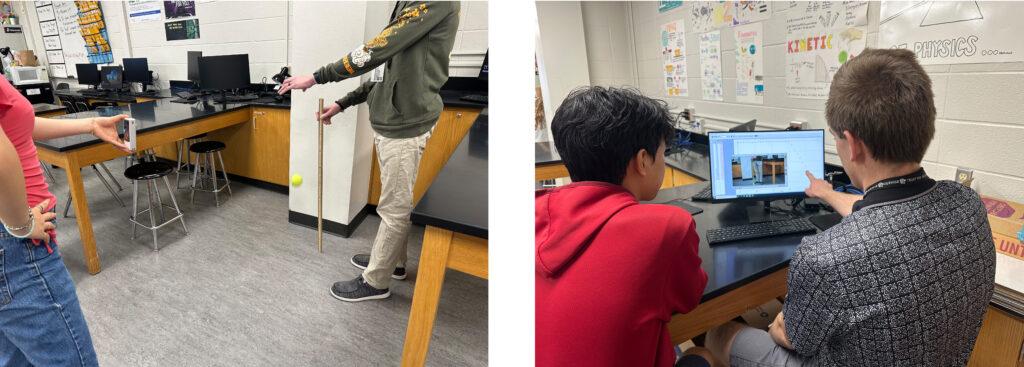
“I actually had a moment last night where I was like, oh my goodness, I forgot that this is one of the things I love about Logger Pro—we’re dropping objects and seeing how fast they fall because kids don’t believe me when I tell them that gravity acts the same on everything when there’s no air resistance, because they can’t picture a world without air resistance.”
“In the past, I’ve shown videos to demonstrate. This year, we literally slit tennis balls open, put pennies in them, and then dropped them with different masses. And then my students say things like, ‘I think my data is bad. My accelerations are all the same.’”
Jedlicka describes that lightbulb moment for her students.
“They can see it on a video. You can say it multiple times, but until they have done it and seen the connections, it doesn’t really sink in. It’s just pieces of information instead of the reality of the natural world.”
Vernier Sensors Offer Game-Changing Flexibility
Jedlicka first got to try out the Vernier Go Direct sensors while she was working at the National Math and Science Initiative (NMSI) and training other teachers during a summer session. The wireless capabilities and user-friendly settings instantly won her over.
“It was fun. I had to learn them quickly to teach teachers how to use them. And once I had gotten to do that, we had just secured some significant funding to update a lot of our equipment, so I said, ‘Oh, we’re switching to all Go Directs. Just trust me. No need to test them. It’s worth it.”
“Even not having to have the wires so that you can go anywhere in the classroom, hallway, wherever, and do the lab is also a game changer, especially when we’re dealing with overcrowding in science labs.”
Beyond the ease of use and the flexibility in class, Vernier sensors and software also offer a lot of freedom when it comes to students needing to make up work or perform labs at home. Jedlicka recalls just the other day when one of her lab groups ran into an issue with their acceleration lab because the variable frame rate of their camera impacted their video analysis data.
“I literally made them a gallon size Ziploc bag with a tennis ball, and pennies, and a camera, and I said, ‘take this one home because I know it’ll work, and you can download the app. I uploaded the instructions and you can do the whole thing at home.’”
“The ease of things like that for lab makeups is a game changer because they could do the whole thing at home. They didn’t even have to come back into my classroom if they didn’t want to or couldn’t find the time to.”
Data Collection Strengthens Phenomenon-Based Learning within NGSS and TEKS Standards
For Jedlicka, the integration of hands-on learning and wireless tech goes beyond teaching physics; it’s about nurturing the next generation of scientists. As the Science Department Head, Jedlicka will support fellow teachers in aligning with Texas’s newly rewritten state standards, TEKS (Texas Essential Knowledge and Skills), which are going into effect fall 2024.
These new standards, which include ideas and strategies from NGSS, embrace the idea of phenomenon-based learning. In this model, students experience a real-world occurrence and then begin with asking questions and making observations. This is in contrast to traditional instruction where students take a more passive role in receiving information. Instead, the new focus shifts to student-led discovery and problem solving.
“Science teachers have always done demos and things like that, but then the teacher usually explains all the pieces. So what we’re moving to is, instead of telling the kids what’s happening, we’re prompting them to observe and ask questions. ‘Okay, what do you think’s happening? What do you see? Okay, write that down.’”
“It’s more focused on students building knowledge around a phenomena or something they’d seen as opposed to teaching them the bits and pieces and facts and then putting it together and connecting it to the real world.”
“I’m really excited about the fact that, hopefully if teachers are doing it right, kids will be doing more labs, especially smaller labs, and they’re trying to make sense of the science instead of being told: here’s why it works.”
Jedlicka sees data-collection tools like Vernier sensors playing a key role in facilitating this model of learning. Not only do the sensors make lab work faster and more efficient, they let students be in control of data collection and observation.
“The sensors just spit out the reading so fast that if you just want them to take five minutes with equipment on their desks instead of doing a full lab, they can do that. Instead of you telling them what’s happening, they can measure it immediately and get that immediate feedback.”
“There’s just such a different cognitive understanding between reading a table of measurements in a textbook compared to ‘I’ve got my sensors out here and I’m getting the data immediately while I’m watching the thing happen.’”
To learn more about our physics solutions for hands-on science education, visit the Vernier website.
Share this Article

Sign up for our newsletter
Stay in the loop! Beyond Measure delivers monthly updates on the latest news, ideas, and STEM resources from Vernier.

